Instruction
Get better faster with a tight feedback loop
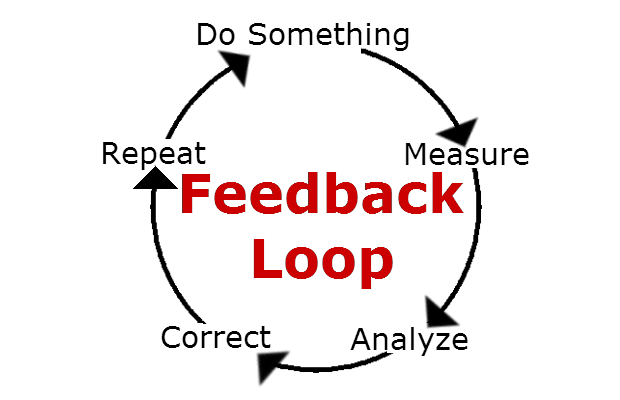
Getting an opportunity to work on a launch monitor can be enjoyable, confusing, helpful, overwhelming and invaluable all at the same time. In my limited time and experience with my launch monitor (I have a Trackman), I’ve quickly learned if I make things very simple, it becomes a very effective tool.
Learning quickly comes from various different methods, one of these methods is a tight feedback loop: Do something, measure, analyze, correct and repeat. The more of these loops you can fit into a practice session the quicker you can develop feel and understanding of the change. Let’s use club path as a simple example.
One of the most valuable functions of Trackman and FlightScope launch monitors is that they place a numerical values on the movement of the club. Here’s a look at one of those numbers.
The positive number means the club head is traveling to the right of the target 1.5 degrees at the moment of impact. This is not the word-for-word definition, but you get the gist.
Lets say we embark on a drill to get your club path moving to the left of the target at impact. The number on the screen you want to see would be something like this.
A change this big will feel weird and unnatural, but that’s the point. This process of change is accelerated using a tight feedback loop. Do something, measure, analyze, correct and repeat.
Changing the number on the screen almost becomes a bit of the game. Maybe the first swing moves the number to 0.5 degrees; the next gives you -1 — you get the picture. You are actively exploring a change in your golf swing and watching the number gives you the feedback to know you are doing something different from swing to swing.
Some of you may be thinking: What should I do to get that number to move from positive to negative? With Doppler radar launch monitors like Trackman and Flightscope, I think it’s a good idea to let people experiment a little and find out for themselves. How would you change the path? I’ll always be there for a helping hand or guidance, but a little exploration is good.
Have you ever been faced with a difficult question or problem, put in the work and found the answer after some deliberate thought? When you find the answer, you own the answer because of the struggle and effort you put in to get it. It’s no different here.
If you’re more of a visual learner, Trackman and Flightscope use images to display path in different ways from different perspectives. All these forms of feedback can aid in understanding and accomplishing your goal of change.
Each swing returns a club-path number and you’ll begin to match the number to a feel. Making the feel your own and understanding that feel makes you more aware and helps quicken the improvement process.
When practicing with a Trackman or Flightscope, you can create even more deliberate practice by creating little challenges that will help you achieve your goal. Staying with the above example, try to hit five consecutive practice balls where the club-path number is negative or to the left. If you miss on one of the shots you’ve got to start over — an example of immediate feedback and purposeful practice.
I like to find anything and everything that helps me understand the process of change and learning. The books and articles I find valuable I like to share, because if they help me maybe they can help you as well. In Daniel Coyle’s book “The Little Book of Talent,” he talks about the process of getting better.
In our busy lives, it’s sometimes tempting to regard merely practicing as a success. We complete the appointed hour and sigh victoriously — mission accomplished! But the real goal isn’t practice, it’s progress. As John Wooden put it, “Never mistake mere activity for accomplishment.”
One useful method is to set a daily SAP: smallest achievable perfection. In this technique, you pick a single chunk that you can perfect — not just improve, not just “work on,” but get it 100 percent correct consistently. For example, a tennis player might choose the service toss; a salesperson might choose the 20-second pitch he’ll make to an important client. The point is to take the time to aim at a small, defined target and then put all your effort toward hitting it.
After all, you aren’t built to be transformed in a single day. You are built to improve little by little, connection by connection, rep by rep. As Wooden also said, “Don’t look for the big, quick improvement. Seek the small improvement one day at a time. That’s the only way it happens — and when it happens, it lasts.”
This pairs up nicely with what I’ve talked about above. Find a little chunk of your golf swing and try to perfect that one thing. As you make small improvements over time, your golf swing slowly becomes more efficient.
- LIKE5
- LEGIT1
- WOW0
- LOL1
- IDHT0
- FLOP0
- OB0
- SHANK1
Instruction
The Wedge Guy: The easiest-to-learn golf basic

My golf learning began with this simple fact – if you don’t have a fundamentally sound hold on the golf club, it is practically impossible for your body to execute a fundamentally sound golf swing. I’m still a big believer that the golf swing is much easier to execute if you begin with the proper hold on the club.
As you might imagine, I come into contact with hundreds of golfers of all skill levels. And it is very rare to see a good player with a bad hold on the golf club. There are some exceptions, for sure, but they are very few and very far between, and they typically have beat so many balls with their poor grip that they’ve found a way to work around it.
The reality of biophysics is that the body moves only in certain ways – and the particulars of the way you hold the golf club can totally prevent a sound swing motion that allows the club to release properly through the impact zone. The wonderful thing is that anyone can learn how to put a fundamentally sound hold on the golf club, and you can practice it anywhere your hands are not otherwise engaged, like watching TV or just sitting and relaxing.
Whether you prefer an overlap, interlock or full-finger (not baseball!) grip on the club, the same fundamentals apply. Here are the major grip faults I see most often, in the order of the frequency:
Mis-aligned hands
By this I mean that the palms of the two hands are not parallel to each other. Too many golfers have a weak left hand and strong right, or vice versa. The easiest way to learn how to hold the club with your palms aligned properly is to grip a plain wooden ruler or yardstick. It forces the hands to align properly and shows you how that feels. If you grip and re-grip a yardstick several times, then grip a club, you’ll see that the learning curve is almost immediate.
The position of the grip in the upper/left hand
I also observe many golfers who have the butt of the grip too far into the heel pad of the upper hand (the left hand for right-handed players). It’s amazing how much easier it is to release the club through the ball if even 1/4-1/2″ of the butt is beyond the left heel pad. Try this yourself to see what I mean. Swing the club freely with just your left hand and notice the difference in its release from when you hold it at the end of the grip, versus gripping down even a half inch.
To help you really understand how this works, go to the range and hit shots with your five-iron gripped down a full inch to make the club the same length as your seven-iron. You will probably see an amazing shot shape difference, and likely not see as much distance loss as you would expect.
Too much lower (right) hand on the club
It seems like almost all golfers of 8-10 handicap or higher have the club too far into the palm of the lower hand, because that feels “good” if you are trying to control the path of the clubhead to the ball. But the golf swing is not an effort to hit at the ball – it is a swing of the club. The proper hold on the club has the grip underneath the pad at the base of the fingers. This will likely feel “weak” to you — like you cannot control the club like that. EXACTLY. You should not be trying to control the club with your lower/master hand.
Gripping too tightly
Nearly all golfers hold the club too tightly, which tenses up the forearms and prevents a proper release of the club through impact. In order for the club to move back and through properly, you must feel that the club is controlled by the last three fingers of the upper hand, and the middle two fingers of the lower hand. If you engage your thumbs and forefingers in “holding” the club, the result will almost always be a grip that is too tight. Try this for yourself. Hold the club in your upper hand only, and squeeze firmly with just the last three fingers, with the forefinger and thumb off the club entirely. You have good control, but your forearms are not tense. Then begin to squeeze down with your thumb and forefinger and observe the tensing of the entire forearm. This is the way we are made, so the key to preventing tenseness in the arms is to hold the club very lightly with the “pinchers” — the thumbs and forefingers.
So, those are what I believe are the four fundamentals of a good grip. Anyone can learn them in their home or office very quickly. There is no easier way to improve your ball striking consistency and add distance than giving more attention to the way you hold the golf club.
More from the Wedge Guy
- The Wedge Guy: Golf mastery begins with your wedge game
- The Wedge Guy: Why golf is 20 times harder than brain surgery
- The Wedge Guy: Musings on the golf ball rollback
- LIKE80
- LEGIT13
- WOW4
- LOL1
- IDHT0
- FLOP4
- OB1
- SHANK8
Instruction
Clement: Stop ripping off your swing with this drill!

Not the dreaded headcover under the armpit drill! As if your body is defective and can’t function by itself! Have you seen how incredible the human machine is with all the incredible feats of agility all kinds of athletes are accomplishing? You think your body is so defective (the good Lord is laughing his head off at you) that it needs a headcover tucked under the armpit so you can swing like T-Rex?
- LIKE0
- LEGIT1
- WOW2
- LOL0
- IDHT0
- FLOP0
- OB0
- SHANK2
Instruction
How a towel can fix your golf swing

This is a classic drill that has been used for decades. However, the world of marketed training aids has grown so much during that time that this simple practice has been virtually forgotten. Because why teach people how to play golf using everyday items when you can create and sell a product that reinforces the same thing? Nevertheless, I am here to give you helpful advice without running to the nearest Edwin Watts or adding something to your Amazon cart.
For the “scoring clubs,” having a solid connection between the arms and body during the swing, especially through impact, is paramount to creating long-lasting consistency. And keeping that connection throughout the swing helps rotate the shoulders more to generate more power to help you hit it farther. So, how does this drill work, and what will your game benefit from it? Well, let’s get into it.
Setup
You can use this for basic chip shots up to complete swings. I use this with every club in my bag, up to a 9 or 8-iron. It’s natural to create incrementally more separation between the arms and body as you progress up the set. So doing this with a high iron or a wood is not recommended.
While you set up to hit a ball, simply tuck the towel underneath both armpits. The length of the towel will determine how tight it will be across your chest but don’t make it so loose that it gets in the way of your vision. After both sides are tucked, make some focused swings, keeping both arms firmly connected to the body during the backswing and follow through. (Note: It’s normal to lose connection on your lead arm during your finishing pose.) When you’re ready, put a ball in the way of those swings and get to work.

Get a Better Shoulder Turn
Many of us struggle to have proper shoulder rotation in our golf swing, especially during long layoffs. Making a swing that is all arms and no shoulders is a surefire way to have less control with wedges and less distance with full swings. Notice how I can get in a similar-looking position in both 60° wedge photos. However, one is weak and uncontrollable, while the other is strong and connected. One allows me to use my larger muscles to create my swing, and one doesn’t. The follow-through is another critical point where having a good connection, as well as solid shoulder rotation, is a must. This drill is great for those who tend to have a “chicken wing” form in their lead arm, which happens when it becomes separated from the body through impact.
In full swings, getting your shoulders to rotate in your golf swing is a great way to reinforce proper weight distribution. If your swing is all arms, it’s much harder to get your weight to naturally shift to the inside part of your trail foot in the backswing. Sure, you could make the mistake of “sliding” to get weight on your back foot, but that doesn’t fix the issue. You must turn into your trial leg to generate power. Additionally, look at the difference in separation between my hands and my head in the 8-iron examples. The green picture has more separation and has my hands lower. This will help me lessen my angle of attack and make it easier to hit the inside part of the golf ball, rather than the over-the-top move that the other picture produces.


Stay Better Connected in the Backswing
When you don’t keep everything in your upper body working as one, getting to a good spot at the top of your swing is very hard to do. It would take impeccable timing along with great hand-eye coordination to hit quality shots with any sort of regularity if the arms are working separately from the body.
Notice in the red pictures of both my 60-degree wedge and 8-iron how high my hands are and the fact you can clearly see my shoulder through the gap in my arms. That has happened because the right arm, just above my elbow, has become totally disconnected from my body. That separation causes me to lift my hands as well as lose some of the extension in my left arm. This has been corrected in the green pictures by using this drill to reinforce that connection. It will also make you focus on keeping the lead arm close to your body as well. Because the moment either one loses that relationship, the towel falls.


Conclusion
I have been diligent this year in finding a few drills that target some of the issues that plague my golf game; either by simply forgetting fundamental things or by coming to terms with the faults that have bitten me my whole career. I have found that having a few drills to fall back on to reinforce certain feelings helps me find my game a little easier, and the “towel drill” is most definitely one of them.
- LIKE11
- LEGIT1
- WOW2
- LOL0
- IDHT0
- FLOP2
- OB0
- SHANK8
-

 19th Hole1 week ago
19th Hole1 week agoJohn Daly stuns fans into silence with brutal opening tee shot on PGA Tour Champions
-

 19th Hole2 weeks ago
19th Hole2 weeks ago2-time major champ announces shock retirement from the sport at age of 33
-

 19th Hole1 week ago
19th Hole1 week agoCharlie Woods finds it tough going on American Junior Golf Association debut
-

 19th Hole2 weeks ago
19th Hole2 weeks agoEdoardo Molinari reveals the latest PGA Tour golfer to turn down ‘good offer’ from LIV Golf
-

 Equipment3 weeks ago
Equipment3 weeks agoBest driver 2024: The best driver for you, as recommend by expert club fitters
-

 19th Hole2 weeks ago
19th Hole2 weeks agoScottie Scheffler had an interesting response when asked how he ‘quiets the noise’ following Players victory
-

 19th Hole2 weeks ago
19th Hole2 weeks agoJon Rahm dealt fresh blow to hopes of qualifying for 2025 Ryder Cup
-
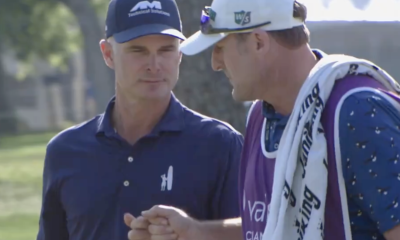
 19th Hole2 weeks ago
19th Hole2 weeks agoWhy Kevin Streelman sought USGA approval to use this equipment tool as he leads Valspar after round one

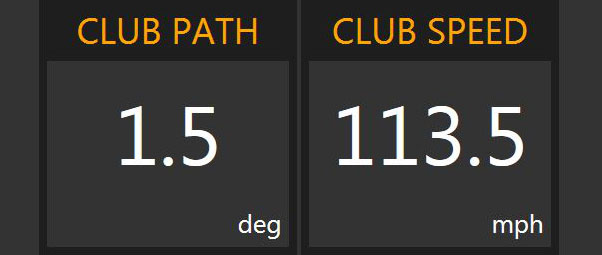
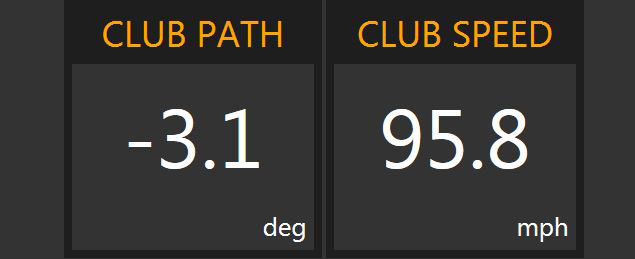
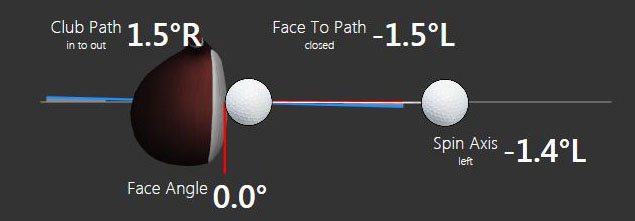
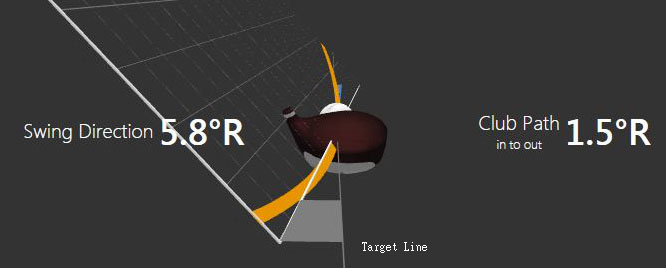












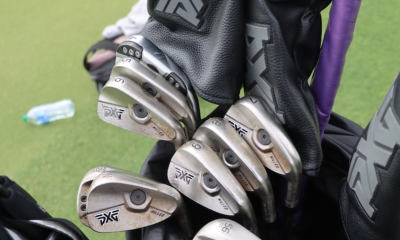

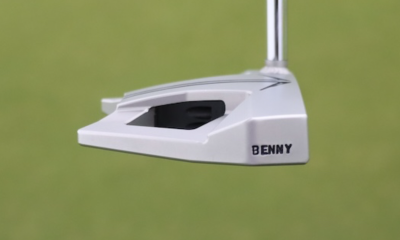

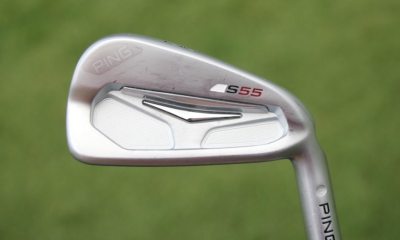

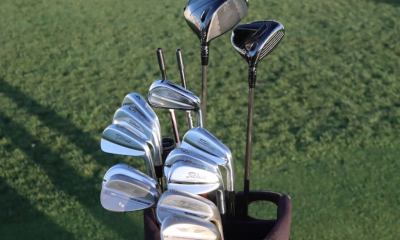

getitclose
Feb 16, 2014 at 10:28 am
I’ll second the above comment. Last year I decided I wanted to be better than the average joe, started buying books and watching the “how-to’s” on the internet. Which can be good, if you work on one or two things at a time. I got overwhelmed, and actually got worse because I was over analyzing everything. Bottom line; simplify.
Great article. Bravo
Rob Rashell
Feb 17, 2014 at 10:40 am
getitclose,
I’ve always been amazed by how making one thing really great in your golf swing also improves other pieces as well, without even trying. Thanks!
Dave
Feb 16, 2014 at 6:52 am
Truly a great article. Learning how to learn is key to being able to learn. My teacher also has me “figure things out myself” instead of just talking at me, really helps to own it. I am going to book mark this article I thought so much of it.
Thank you
Rob Rashell
Feb 17, 2014 at 10:38 am
Hi Dave, thanks for the thoughts, all the best with your golf!